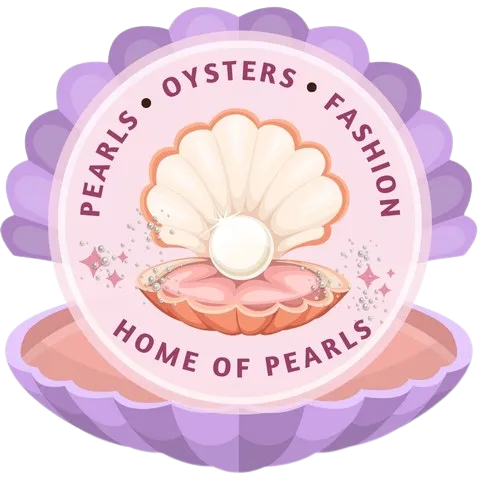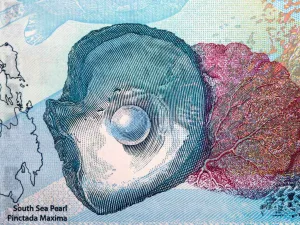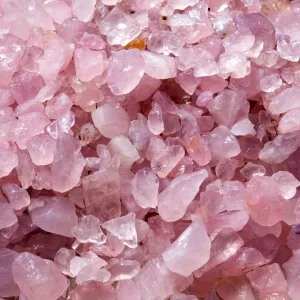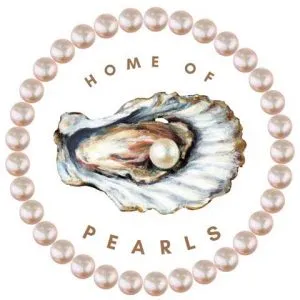Introduction
Pearls have a rich history and are considered very valuable. Pearls are generally created by oysters, with the oyster secreting nacre around an irritant such as a grain of sand.
As gems, they easily fulfill the requirements of beauty since they occur in nature and need no cutting, polishing, or faceting, as do all other gemstones. Rarity is yet another aspect achieved, usually by size, “orient”, and symmetry. Durability is displayed in their tough physical structure of concentric overlapping layers of microscopically-fine radiating aragonite crystals.
This toughness is reflected in their ability to withstand pressure and the resonance seen in their rhythmic bounce. Cultured pearls do not bounce in a similar manner. The symmetrical construction of pearls permits precise, accurate drilling, as opposed to that seen in radiographs (x-rays) of cultured pearls.
Table of Contents
- Introduction
- Careful storage.
- Careful cleaning.
- Careful maintenance.
- Is your pearl genuine?
- Pearls are valuable
- Conclusion
Careful storage.
You should be careful to store your pearls in a place where they will not be damaged. Storing them in a box or cloth bag is recommended. Do not store them with other pieces of jewelry, as this could cause scratches on the pearl surface. Additionally, avoid storing in direct sunlight, extreme temperatures, or humidity.

Pearls, with care, can last for hundreds of years. If they are kept in very slightly damp linen – not in a
colored-velvet-lined case – this will offset a dry atmosphere in a manner similar to humidifiers which assist in preventing the drying-out of fine furniture and paneling by central heating. Also, pearls should never be wrapped in cotton-wool because the heat generated would add to the drying-out hazard.
Careful cleaning.
Careful cleaning is essential to preserving the beauty of your pearls. It is usually a case of pearls suffering from the wearer’s acid skin, perspiration, spray from perfume, talcum powder, or face powder, and lack of regular washing and restringing of the pearls.
In preparation for individual examination, it is not unusual to find that the pearls adhere to each other in a continuous straight line after the silk thread has been drawn out of the necklace! This is not a natural affinity of pearls one to the other but a build-up of a cosmetic residue acting as a soft gluey paste.
Indeed, some skins are more acidic than others. For example, if a pearl necklace is regularly worn, some of the pearls will constantly rest upon the neck at the shoulder line in close contact with the skin. Others occupying a more pendant position will not be subjected to such constant contact. The neck pearls, unless carefully checked, will gradually absorb acid from the skin; this will slowly eat into the spherical pearl, and in time the pearl will not only literally look lackluster but will become barrel-shaped.
In cleaning, it is best to avoid abrasive cleaners, harsh chemicals, and any process that might loosen the nacre coating. Pearls should not be soaked in water or exposed to ultrasonic cleaners, which can cause damage.
If you have a piece of jewelry with more than one type of stone (for example, pearls and diamonds), it is essential to clean each individually because some stones require different care methods.
Careful maintenance.
- Always remove your pearls before cleaning them.
- Never clean pearls in harsh chemicals, like bleach or ammonia. Instead, use a soft cloth and mild soap to wipe away dirt and dust from the surface of each piece.
- Do not wear your pearls in the shower, pool or ocean because these activities can damage the nacre (the iridescent coating that protects the pearl).
Is your pearl genuine?
Pearls are formed when an irritant, such as a piece of shell or coral, gets inside a mollusk and becomes stuck. The mollusk’s natural response is to produce a nacre around the foreign object, forming a pearl. Since freshwater mollusks create pearls with smaller grains of nacre than saltwater varieties, they are less valuable than their counterparts. In addition, many freshwater pearls have been treated with a coating to improve their luster and color—a process known as “faking.”
You can make sure that your pearl is genuine by purchasing from reputable sources (such as The Pearl Source) or by seeking out appraisals from experts in your area or at jewelry stores where you’re shopping.
Pearls are valuable
You may think that diamonds are the only valuable gemstone. While they’re certainly rarer than pearls and, therefore, more valuable, pearls are far easier to care for and use in jewelry. Diamonds can chip or break if you hit them with something hard—a metal clasp on your necklace, perhaps—but pearls will survive it without a scratch. They’re also less expensive than diamonds (which makes them an excellent choice for a gift), but because of their versatility, they’ll last longer than any other gemstone.
Conclusion
I hope this article helped you understand how to care for pearls. If there are any pearls in your family or if you have purchased them recently, then I would recommend taking the time out to learn more about these unique gems. The pearls are worth it!










